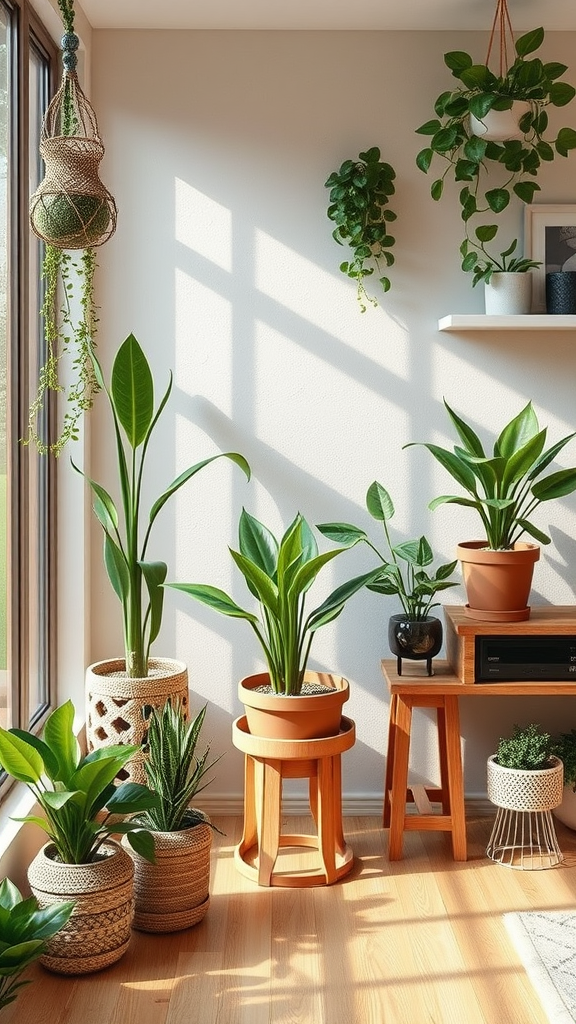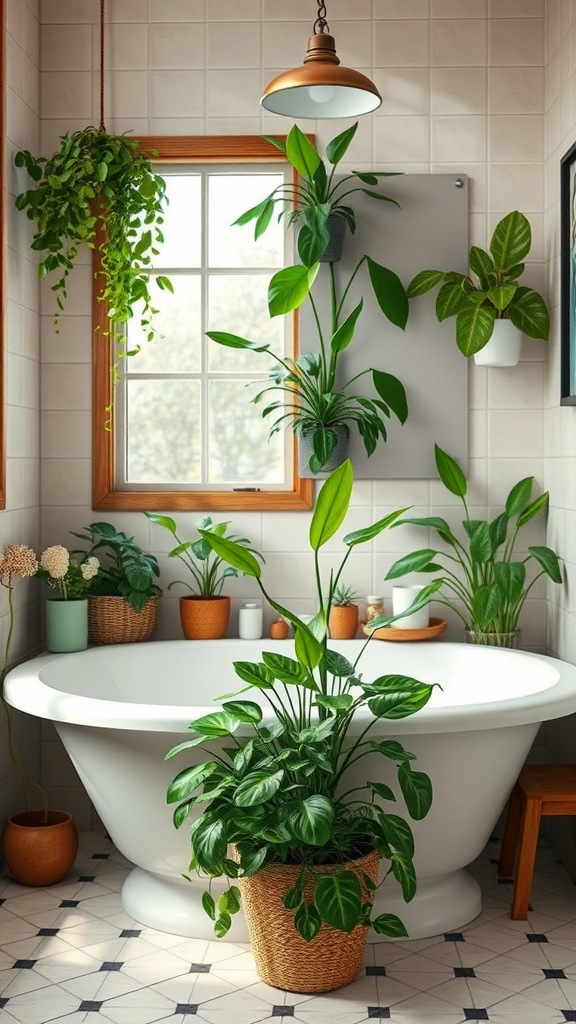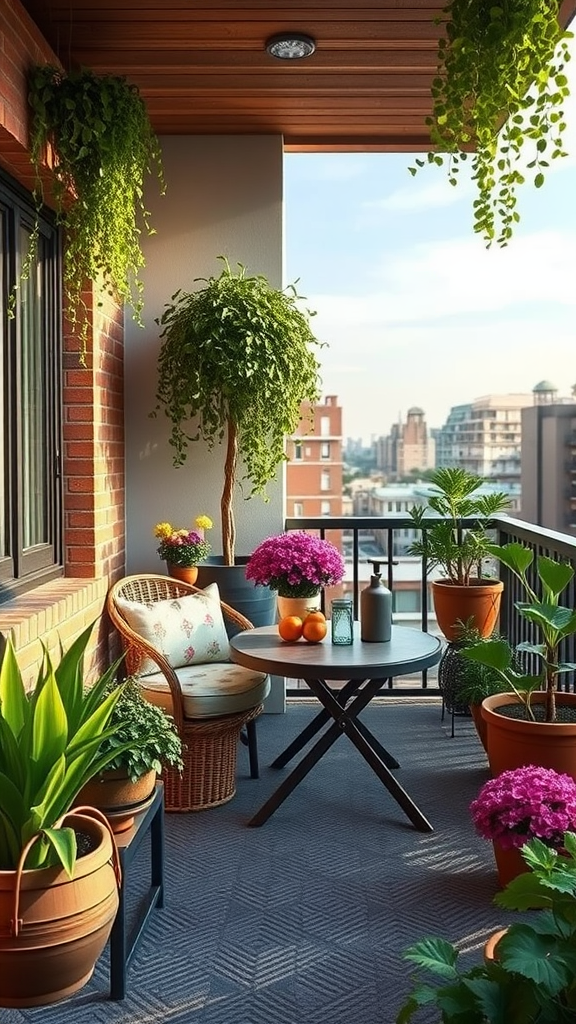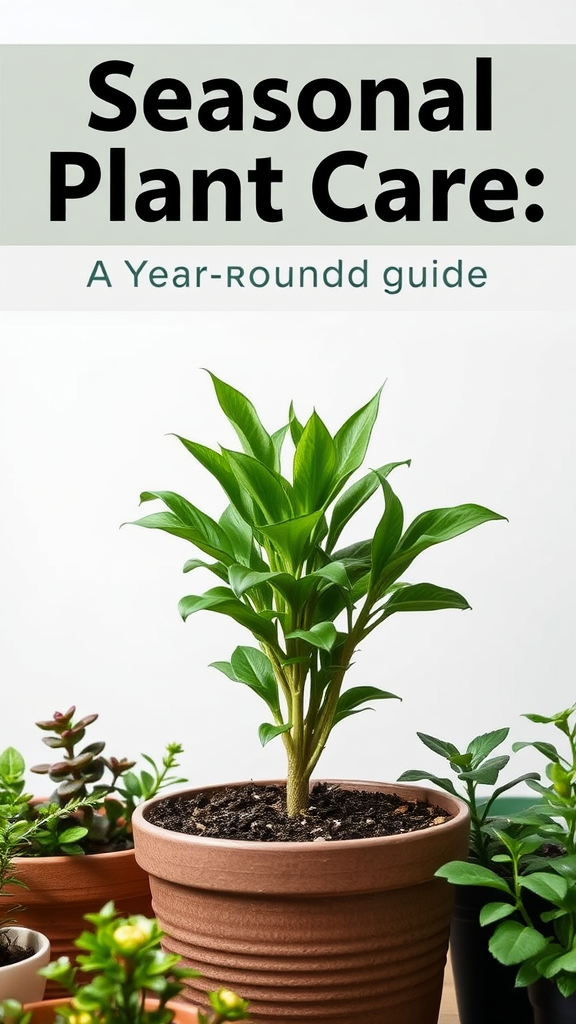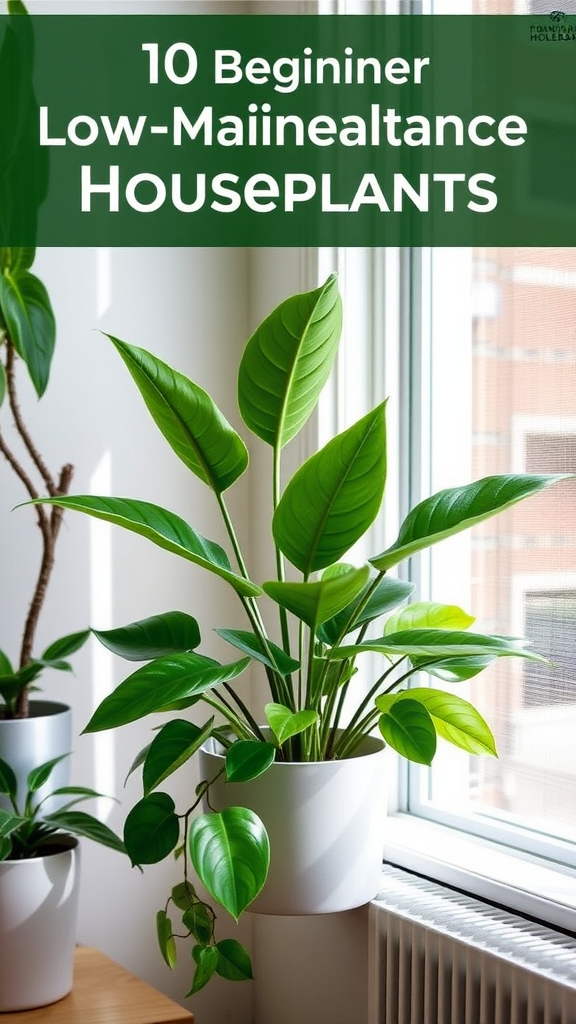Sustainable Living with Plants: Practical Tips for Integrating Greenery into Your Home
Sustainable living is becoming increasingly important as we all look for ways to reduce our impact on the planet. One effective method is by integrating plants into your home, which not only beautifies your space but also enhances air quality and contributes to a healthier environment. Here are some practical tips on how to incorporate greenery into your home while promoting eco-friendly living.
Choose the Right Plants
When selecting plants, consider those that are native to your area or drought-resistant. Native plants require less water and maintenance, making them both eco-friendly and easier to care for. Here’s a list of popular indoor plants that thrive in homes:
- Pothos: Great for beginners, this hardy plant can grow in low light and requires minimal water.
- Spider Plant: Known for its air-purifying qualities, it flourishes with little effort and spreads easily.
- Snake Plant: Another air purifier, it tolerates neglect, low light, and varying temperatures.
- Peace Lily: Adds beauty and helps to improve indoor air quality; remember to water it regularly.
- Succulents: Perfect for sunny spots, succulents require less water and have unique shapes and colors.
Smart Potting Solutions
Using sustainable materials for pots is crucial for reducing your carbon footprint. Consider these eco-friendly alternatives:
- Biodegradable Pots: Made from materials like coconut coir, these will break down naturally over time.
- Recycled Materials: Look for pots made from recycled plastics or repurposed wood.
- Self-Watering Pots: They reduce water waste and help maintain optimal moisture levels for your plants.
Creating a Green Space
You don’t need a large garden to enjoy the benefits of plants. Consider creating a green space indoors. Here are some ideas:
- Vertical Gardens: Utilize wall space to create stunning vertical gardens using shelves or wall planters.
- Windowsills: Place your herbs or small plants on the windowsill for natural light and easy access.
- Hanging Planters: Suspend plants from the ceiling or wall-mounted hooks for a modern look while saving space.
Indoor Gardening Practices
To promote sustainable living with plants, consider these gardening practices:
- Composting: Use kitchen scraps to create nutrient-rich compost, minimizing waste and enhancing soil quality.
- Rainwater Harvesting: Collect rainwater to nourish your plants, conserving resources and reducing water bills.
- Natural Pest Control: Opt for organic methods like neem oil or introducing beneficial insects to keep pests at bay.
Enhancing Air Quality
Indoor plants do more than just decorate your space; they also purify the air. Here’s how:
- Absorb Toxins: Certain plants can filter out harmful chemicals, improving indoor air quality significantly.
- Release Oxygen: Photosynthesis during the day helps to boost oxygen levels in your home.
Engaging the Community
Consider joining or starting a plant swap group in your local community. This allows you to share plants, exchange tips, and meet others who are interested in sustainable living. Participating in local gardening events can also provide insight and foster a sense of community around green living.
Educate Yourself and Others
Take time to learn more about the benefits of sustainable living with plants. Reading books, following eco-friendly blogs, or watching online tutorials can increase your knowledge and help you become a more effective plant caregiver. Share this knowledge with friends and family to inspire them to incorporate greenery into their homes too.
By embracing a sustainable lifestyle with plants, you are making a significant step toward an eco-friendly home. From choosing the right plants to adopting smart gardening practices, you can create a lush and inviting environment while reducing your ecological footprint. Start small, and watch your home transform into a green oasis that contributes to a healthier planet.
The Environmental Benefits of Indoor Plants and How They Promote Eco-Friendly Living
Indoor plants bring a lush green vibe to your home, but they offer much more than just beauty. They play a vital role in promoting eco-friendly living and supporting a healthier environment. In recent years, the movement toward sustainable living has gained momentum, and incorporating plants into your indoor space is a fun and impactful way to start. Let’s explore the significant contributions indoor plants make to our surroundings.
Improved Air Quality
One of the most celebrated benefits of indoor plants is their ability to purify the air. Plants absorb carbon dioxide and release oxygen through photosynthesis. Here are several indoor plants known for their air-purifying qualities:
- Spider Plant: Removes pollutants like formaldehyde and xylene.
- Peace Lily: Effective in reducing toxins and also helps with humidity.
- Pothos: Versatile and great at removing indoor pollutants.
- Snake Plant: A night-time oxygen producer that combats toxins.
By adding these plants to your home, you can create a fresher, healthier indoor environment, contributing to your overall well-being and reducing health risks associated with poor air quality.
Energy Efficiency
Indoor plants can even help save energy. When placed strategically around your home, they create a natural cooling effect. Here’s how they work:
- Plants release moisture through a process called transpiration, which cools the air around them.
- This natural humidity can lessen the demand for air conditioning during hot months, resulting in lower energy bills.
- In winter, certain plants can act as natural insulation, aiding in temperature regulation.
Using plants to maintain comfortable temperatures in your home reduces energy consumption and promotes sustainable living practices.
Reduction of Stress and Anxiety
Not only do plants improve your environment physically, but they also have mental health benefits. Studies have shown that being around greenery can reduce stress and anxiety levels. Here are some reasons why indoor plants can help:
- They provide a calming effect and create a sense of peace.
- The presence of nature can boost creativity and productivity.
- Gardening and caring for plants can serve as a therapeutic hobby.
By investing time in caring for plants, you reap the emotional benefits while fostering a deeper connection with nature, an essential aspect of eco-friendly living.
Support for Biodiversity
Bringing plants into your home contributes to local biodiversity. When you choose to grow native indoor plants, you support local fauna, like pollinators and beneficial insects. Native plants require less water and maintenance and adapt well to local conditions. Here’s why they matter:
- Native plants help preserve the ecological heritage of your area.
- They provide habitats for a range of wildlife.
- Using fewer chemical fertilizers and pesticides leads to healthier ecosystems.
Additionally, spreading awareness about the importance of biodiversity through your indoor gardening practices can inspire others to join in and contribute to a more sustainable future.
Waste Reduction Through Composting
Caring for indoor plants opens up the opportunity to implement composting practices. Using kitchen scraps like fruit peels and vegetable trimmings as fertilizer for your plants reduces waste while feeding them naturally. Here’s how you can practice composting:
- Collect organic waste in a compost bin.
- Mix browns (dry leaves, cardboard) with greens (food scraps) to create a balanced compost.
- Use the finished compost to nourish your indoor plants.
This recycling method not only enriches your plants but also significantly reduces landfill waste, contributing positively to the environment and promoting sustainable living.
Indoor plants into your home is more than just an aesthetic choice; it’s a tangible step toward eco-friendly living. With benefits ranging from improved air quality and energy efficiency to mental health benefits and support for biodiversity, the impact of plants is profound. Start small by adding a few of your favorite greenery and watch as your space transforms while contributing to a healthier planet.
Conclusion
Adopting sustainable living with plants is not just a trend; it’s a lifestyle choice that supports both your well-being and the environment. By integrating greenery into your home, you create a soothing atmosphere while enjoying the practical advantages that indoor plants provide. From improving air quality to boosting your mood, these living companions play a significant role in making your space eco-friendly. Practical tips, like choosing low-maintenance plants and utilizing vertical gardens, can help even the busiest individuals bring nature inside.
Furthermore, the environmental benefits of indoor plants extend beyond aesthetics. They actively absorb carbon dioxide and filter toxins, contributing to a healthier indoor environment. This process not only enhances your quality of life but also mitigates the impact of pollution. Understanding the importance of biodiversity and how indoor plants contribute to ecological balance inspires you to make informed choices about the flora in your space.
Plants into your living area is a simple, yet powerful, way to embrace sustainable practices. Whether you start with a few potted herbs in your kitchen or create an entire indoor garden, every small step counts. By surrounding yourself with greenery, you’re not only beautifying your home but also committing to a more sustainable future. Take the plunge into sustainable living with plants and experience the joy and benefits that come with nurturing nature in your home. Remember, every plant you choose is a step towards a greener planet, so let your home flourish with eco-friendly vibes.

